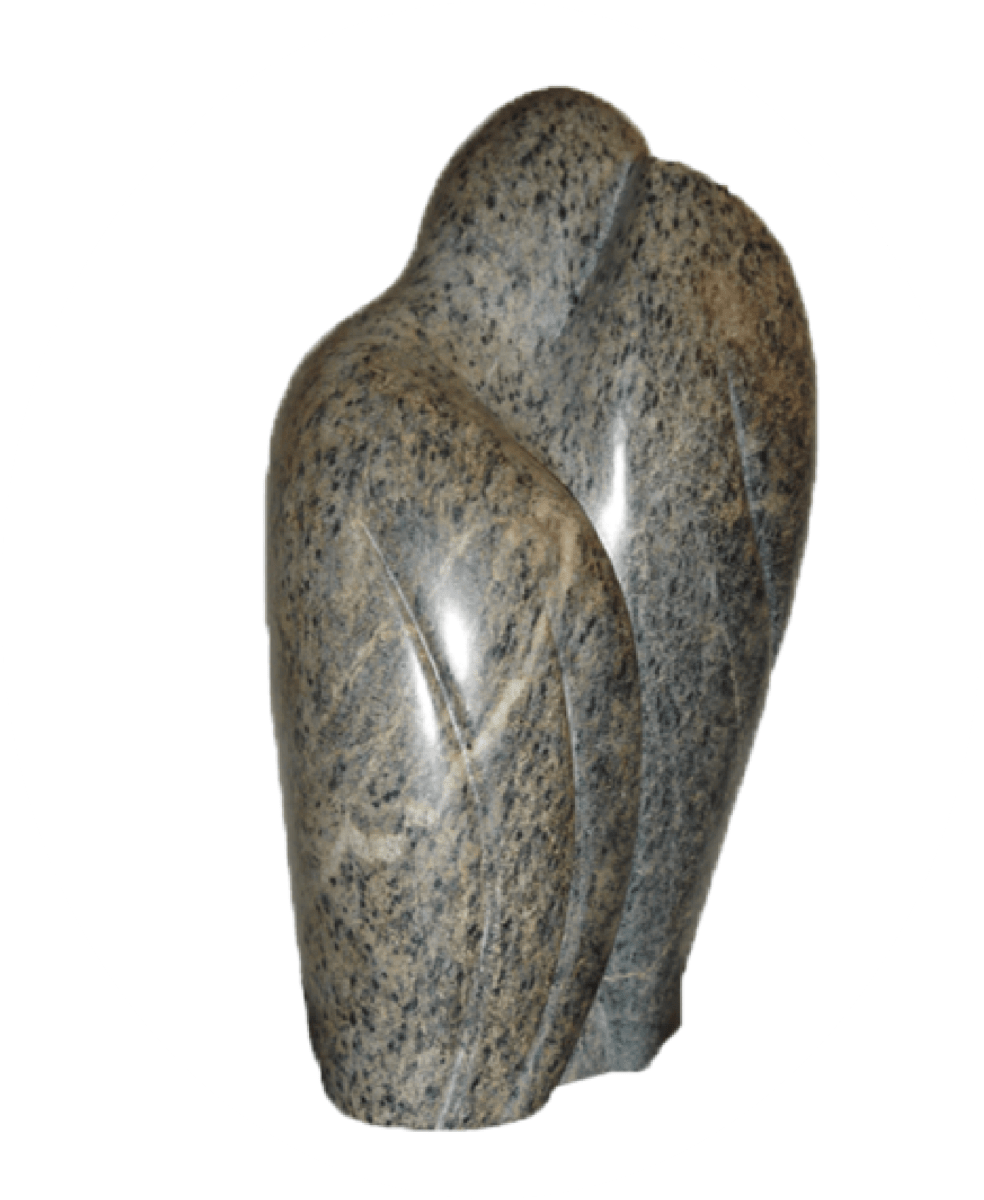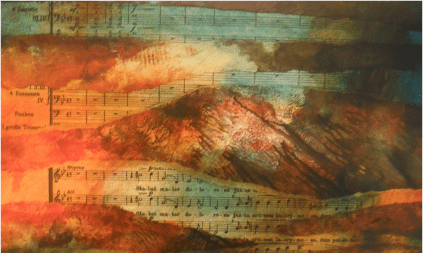Felipe Gorriti
About the composer
Felipe Gorriti y Osambela was born in 1839 in Huarte-Araquil, Navarra, Spain, as the son of a professional organ player. He started his musical studies at the age of six with his father, then studied in Pamplona and Madrid. In 1858 he won a prize in a composition contest, presented to him by Isanel II. In 1859 he became organist at the Santa Maria in Tafalla, where he developed his love for sacred music. In 1867 he moved to Tolosa, Gipuzkoa, where he worked as chapel master, leader of the church orchestra, organist and teacher until his death in 1896. Gorriti was well known, not only for the quantity of his work (over 300 compositions), but especially for the quality. He won four first prizes in the contests organized by the International Organization of Organists and Chapel Masters in Paris. Gorriti composed mainly sacred works, masses, motets, misereres, but composed some non-religious works too.
About the Stabat Mater
| Date: | ca. 1871 |
| Performers: | Soprano, Alto and organ |
| Length: | 8.59 minutes |
| Particulars: | The work is not clearly divided into parts. It was composed for the nuns of the Santa Clara cloister in his village and intended to be performed during liturgy. The Stabat Mater is a beautiful, but sad composition, flowing forth in a slow rhythm. |
| Textual variations: | The composer used only 9 stanzas of the poem. First we hear stanzas 1 to 8, after which stanza 1 is repeated. The work is then concluded by the final stanza 20. |
| Colour bar: |
|
Information about the recording
| CD: | aus_Art_records aAr 027: Musika Klaretarrentzako – Música para las Clarisas |
| More info: | This record company is devoted to promoting music of composers from the Basque country in Spain, in this case Felipe Gorriti. The disc is in honor of the Basque director and organ player Javier Bello-Portu. The music was recorded in 1975 at the Festival Internacional de Loiola. |
| Soloists: | Iris Bourne, soprano |
| Other works: | Agur Doloretako Birginary |
| Code: | GORR-01 |





